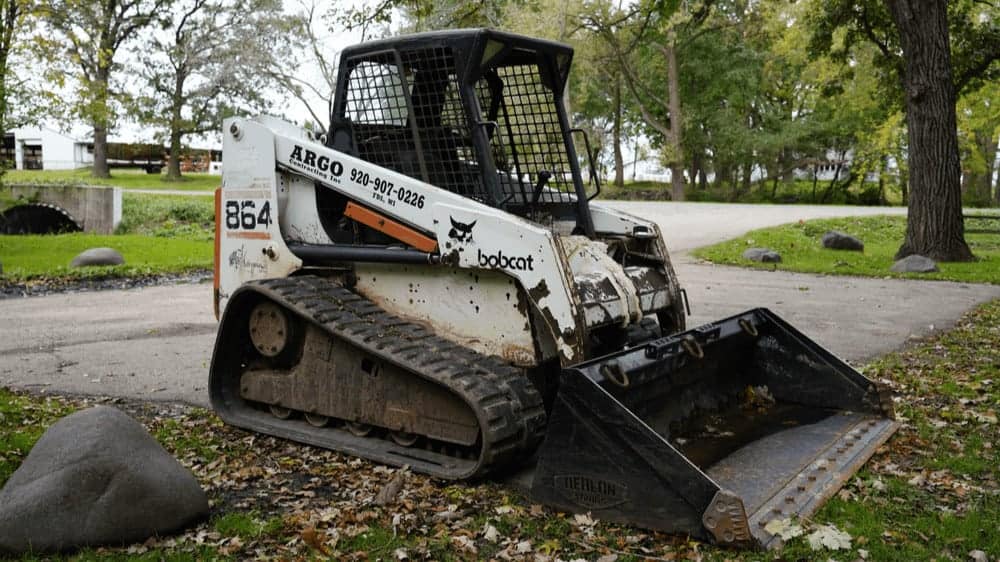“Move Your Head” – A Lesson in Conquering Doubt and Worry
“What did you say?” I asked J.P.
“You heard me. Move your head! It’s in the way!” We were within five inches of each other’s face. Close enough for a kiss, but the usually dreamy blue-green eyes of my husband narrowed with business today. My job was to steady the external braces of our new book shelves against the supports so he could apply clamps while the glue between them dried.
What he was asking me to do seemed impossible. “So…I’m supposed to lean in and hold the braces with my hands but you want me to get my head out of the way….”
“YES!”
This action made perfect sense to J.P., a die-hard do-it-yourself-er and sculptor raised by parents who had grown up in the Great Depression. He had built his first house all by himself, and he was determined that we would do much of the work on our new house by ourselves. To his credit, even with my multiple sclerosis (M.S.) and small 5’2” frame, he never assumed I couldn’t do just about anything. But I had my doubts.
J.P. was right. I was able to paint most of the walls in the house, even if I had to take short breaks to relieve my fatigue and rely on him to paint the ceilings. Almost daily, I used a little wheelbarrow to carry loads of wood to the burn pile, which after a while, helped improve my balance and strengthen my leg muscles. And today, I was helping build bookshelves, something I never would have thought possible.
J.P. even believed I could learn to operate the skid-steer loader and help with grading. That, however, had been a failure.
My brain didn’t work like his. While I had once easily managed communications for a busy college admissions office, the loader required a different kind of thinking. Try as I might, I couldn’t control the hand-operated levers to steer and accelerate while simultaneously pressing and depressing the foot pedals to raise and lower the bucket, the actions needed to move earth and level our yard.
Move your head.
As I soon realized, that was precisely the problem. My head got in the way. Ever since my M.S. diagnosis at age 31, more than twenty years ago, I had tip-toed through life expecting the worst. Meanwhile, as it does, life barreled on. Through the years, I weathered a number of exacerbations, even one that included temporary blindness. I had no choice but to keep going, with a son to support and a house payment to make. Each time my M.S. flared up, I worked with my doctors to find a new medication that helped alleviate the symptoms, and I consulted with my supervisors to find a way to adjust my assignments so that I could work from home until my exacerbations abated. Once I got better, out of gratitude I volunteered to fill in for other people at the office who had their own challenges and had to miss work. I also managed to overcome a major personal obstacle and came to the difficult decision to finally leave an unsupportive spouse. To my great delight, I eventually found love with J.P., and two years after we met, we married.
Still, I couldn’t conquer the worry and self-doubt. Could I really help J.P. build a house? But while I fretted and somehow endured, I noticed that people my own age were replacing knees and hips, awaiting liver transplants, even dying from cancer, traffic accidents or worse. Yet here I was, still alive at age 52, and healthy enough to stand on a ladder and build bookshelves.
Move your head.
J.P.’s saying eventually became my motto. Whether I steadied a metal ring against a plumbing pipe while he crimped it or held the level against the wall while he installed a towel rack, these three words never failed to ease the tension. I eventually perfected a maneuver that allowed me to stretch my neck like a turtle, putting my hands to good use, but keeping my head out of his way. As in yoga, this move took immense concentration and helped root me in the present moment, a welcome escape from useless worries about the future.
Move your head.
I have found a different way of thinking. And just the other day, I decided to climb back into the cab of the skid-steer loader. I haven’t mastered digging or the use of the bucket yet, but I can steer and accelerate, and I’m not half bad at turning around.
“That’s the way to do it!” yelled J.P., as he watched me park the loader. He helped me out of the cab with a broad grin. He knew, and I knew, that before long, I’d be moving far more than my head. I’d be moving earth.
About Rooted In Rights
Rooted in Rights exists to amplify the perspectives of the disability community. Blog posts and storyteller videos that we publish and content we re-share on social media do not necessarily reflect the opinions or values of Rooted in Rights nor indicate an endorsement of a program or service by Rooted in Rights. We respect and aim to reflect the diversity of opinions and experiences of the disability community. Rooted in Rights seeks to highlight discussions, not direct them. Learn more about Rooted In Rights




That was a very interesting read! Thanks